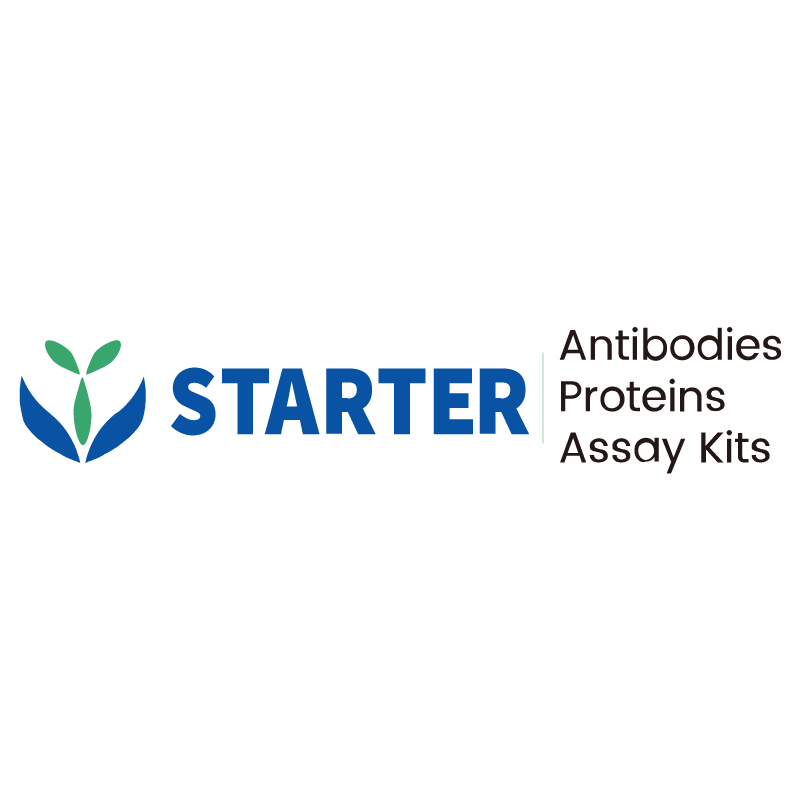WB result of Invivo anti-human PD-1 (CD279) Recombinant mAb
Primary antibody: Invivo anti-human PD-1 (CD279) Recombinant mAb at 1/1000 dilution
Lane 1: PD-1 His Tag Protein, Human 1 µg
Secondary antibody: Goat Anti-mouse IgG, (H+L), HRP conjugated at 1/10000 dilution
Predicted MW: 32 kDa
Observed MW: 23~40 kDa
Product Details
Product Details
Product Specification
| Host | Mouse |
| Antigen | PD-1 (CD279) |
| Synonyms | Programmed cell death protein 1; Protein PD-1; hPD-1; PDCD1 |
| Location | Cell membrane |
| Accession | Q15116 |
| Clone Number | S-R545 |
| Antibody Type | Mouse mAb |
| Isotype | IgG1,k |
| Application | WB, in vitro PD-1 neutralization, in vivo PD-1 blockade in humanized mice |
| Reactivity | Hu |
| Purification | Protein G |
| Concentration | 5 mg/ml |
| Endotoxin | <2EU/mg |
| Conjugation | Unconjugated |
| Physical Appearance | Liquid |
| Storage Buffer | PBS pH7.4, containing no preservative |
| Stability & Storage |
2 to 8 °C for 2 weeks under sterile conditions; -20 °C for 3 months under sterile conditions; -80 °C for 24 months under sterile conditions.
Please avoid repeated freeze-thaw cycles.
|
Dilution
| application | dilution | species |
| WB | 1:1000 | Hu |
Background
Programmed cell death protein 1, also known as PD-1 and CD279 (cluster of differentiation 279), is a protein on the surface of T and B cells that has a role in regulating the immune system's response to the cells of the human body by down-regulating the immune system and promoting self-tolerance by suppressing T cell inflammatory activity. This prevents autoimmune diseases, but it can also prevent the immune system from killing cancer cells. PD-1 is an immune checkpoint and guards against autoimmunity through two mechanisms. First, it promotes apoptosis (programmed cell death) of antigen-specific T-cells in lymph nodes. Second, it reduces apoptosis in regulatory T cells (anti-inflammatory, suppressive T cells).
Picture
Picture
Western Blot


